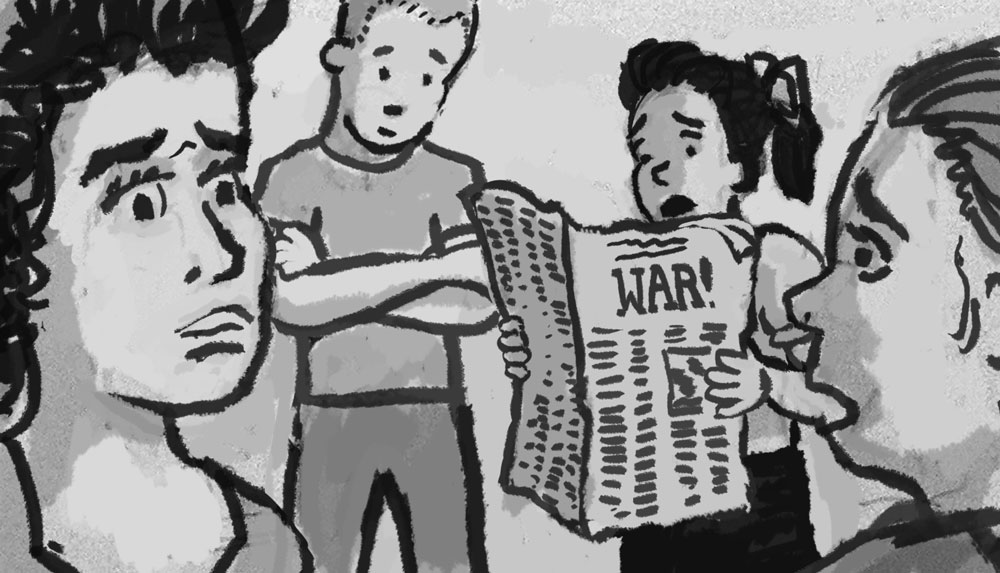Recently I made some illustrations for the Notable Missourian book on the painter George Caleb Bingham. He was an interesting man in both art and politics.
Young George sits and watches Chester Harding paint a portrait of Daniel Boone. His love of art was now official.
George went east to study the works in the big museums there.
George was passionate about the plight of the people, and got deeply into politics.
Not only did George enjoy politics, but he used it as a subject of many of his works.
George as an elder teaching a painting class.











































